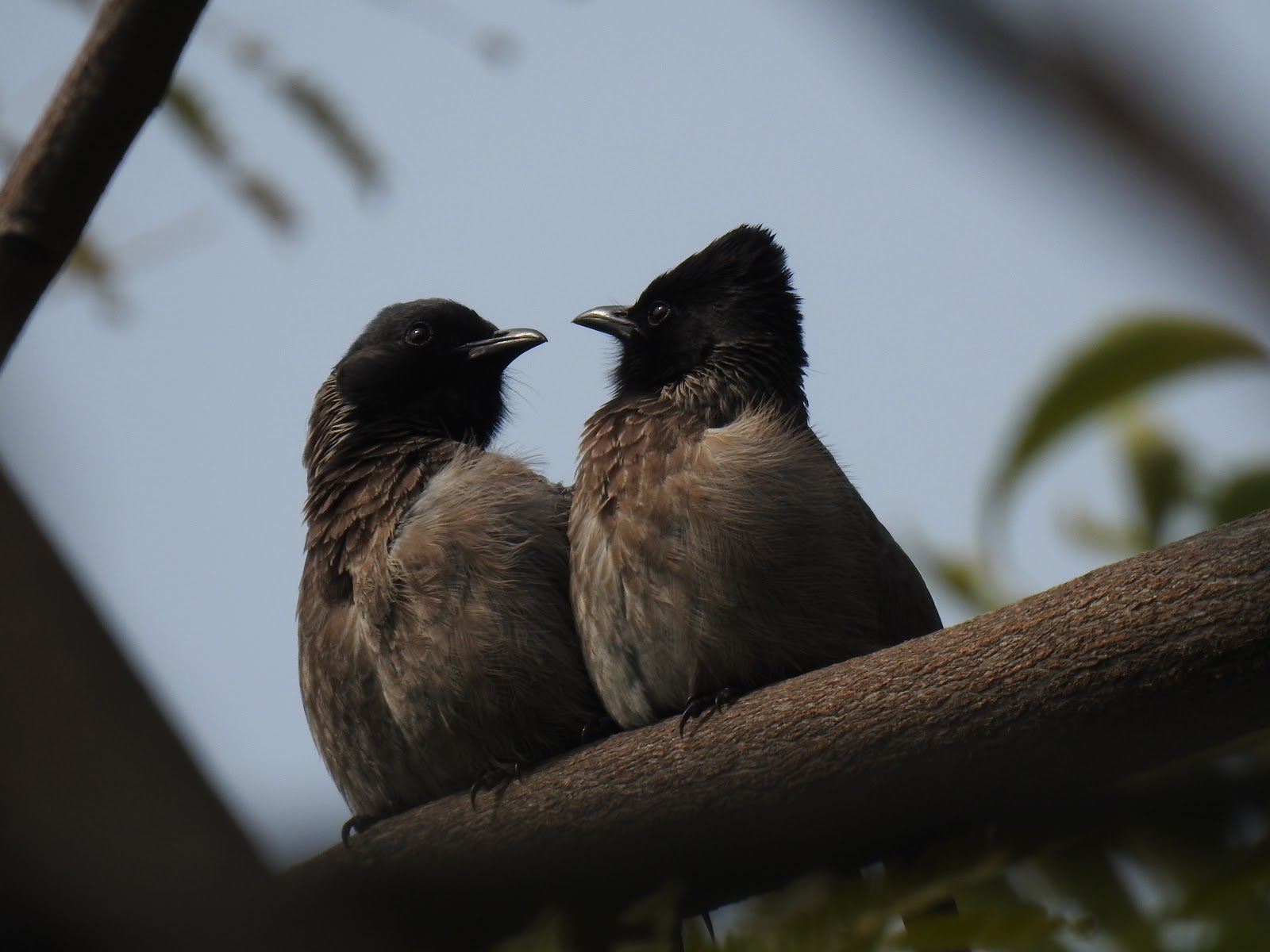- Range: The red-vented bulbul, is found only in the indian subcontinent and the eastern coasts of the gulf. In fact, bulbuls are usually endemic to the indian subcontinent, but the red-vented being the most common, it is found outside that range too. It is also introduced into lands as far as Hawaii and New Zealand.
- Conservation Status: The red vented bulbul, according to IUCN Red List, is of a conservation status of Least Concern, with a population of over 2 million worldwide. Its population trend seems to be increasing but since official surveys are not conducted regularly for common birds, IUCN says there is not enough data to determine the trend.
- Appearance in Brief: It is a slim but stout dark brown bird, with a jet black head, and a streaked belly. It has a bright red vent which is often quite difficult to see. It has a short crest which gives its head a squarish shape. The bird is about 8.5 cm tall and weighs between 25 grams and 45 grams.
- Foraging and Diet: The bird mainly eats insects and small berries. It sometimes also drinks nectar from bigger flowers. Its diet also includes seed pods, seeds, and soft fruit. They forage by hopping from one branch to the other while chirping excitedly. When they are eating, they remain silent.
- Lifespan: The red-vented bulbul has a lifespan of about 8-10 years. The longest living adult bulbul was a 11 year old individual.
- Breeding and Courtship:
- The breeding season occurs in the end of the summer and in the monsoons.
- In the courtship, the male fluffs up, and flaps his wings and fans his tail rapidly for 2-3 minutes. The female watches from not more than a few centimetres away. The male makes a loud chirruping call, and if he succeeds, they mate.
- The female lays 2-4 pale pink-brown eggs in a small cup-shaped nest. They hatch in about 14 days. The Jacobin Cuckoo is a brood parasite of this species.
- Taxonomy: This bird belongs to the order passeriformes and the family Pycnonotidae. Its scientific name is Pycnonotus cafer.
